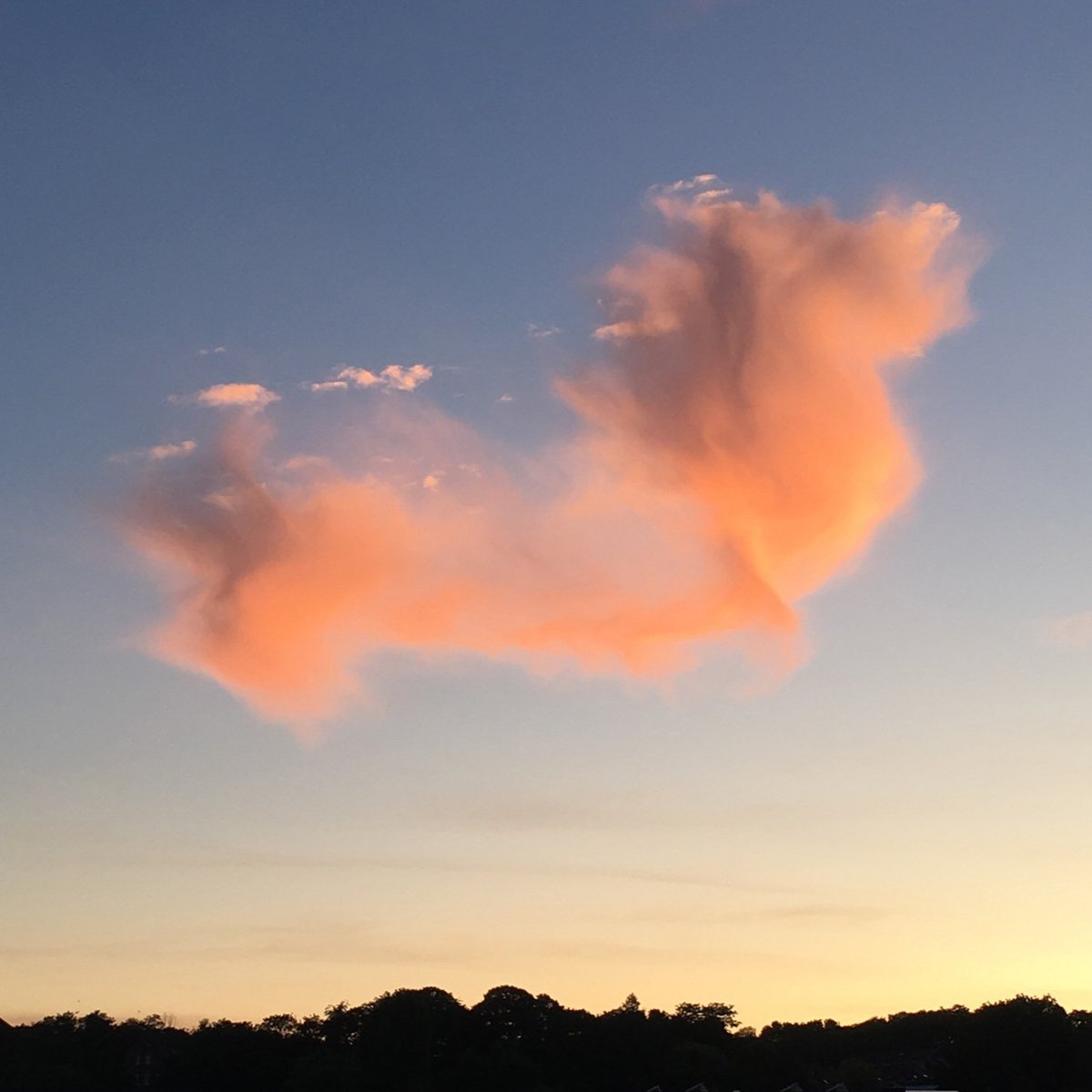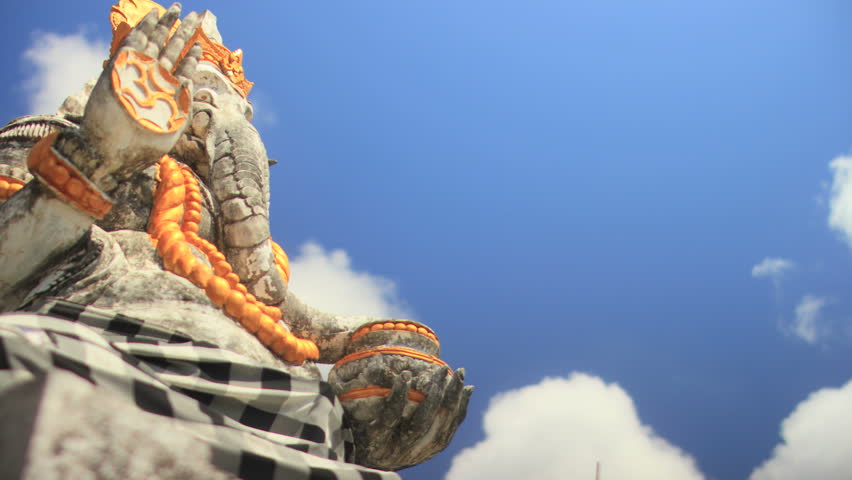With their infinite changeability it& #39;s no wonder clouds have been imbued with mythological qualities by many cultures throughout history.
In Ancient Greece clouds were considered young nymphs called Nephelai, the daughters of two titans, Oceanus and Tethys.
In Ancient Greece clouds were considered young nymphs called Nephelai, the daughters of two titans, Oceanus and Tethys.
These cloud spirits, depicted as beautiful and transparent, spent their days collecting water from the rivers in cloudy pitchers, then floating up to the heavens. When these pitchers were full, they poured water down from the sky, nourishing the earth
and feeding the streams of their brothers, the Potamoi (river gods). Nephelai were thought to sail through the sky in billowing white robes, much like the way that clouds drift across the heavens.
A Hindu tradition said that elephants brought rain and that clouds themselves were the celestial relatives of the white elephants that roamed the earth. An elephant& #39;s body was thought to be representative of a cloud and they would use their trunks to shower the earth with rain.
Native Americans also created myths and folklore around clouds. According to the Skidi Pawnee tribe in the area known as Nebraska, clouds were the clothing of the gods of heaven. A god spreading its arms would cause the clouds to stretch across the entire sky.
The early Navajo people believed that clouds were formed when a great white swan flapped its wings.
Even today, cloud myths endure. The Pueblo of Southwest America worship the Cloud People, supernatural beings from the Underworld who bring rain and moisture to the earth.
Even today, cloud myths endure. The Pueblo of Southwest America worship the Cloud People, supernatural beings from the Underworld who bring rain and moisture to the earth.
These Cloud People are the spirits of the deceased who lived a good life, thereby taking on the form of clouds in the afterlife. By properly honoring the dead, the Pueblo believe that the Cloud People will grant them rain, thereby nourishing their land.

 Read on Twitter
Read on Twitter



